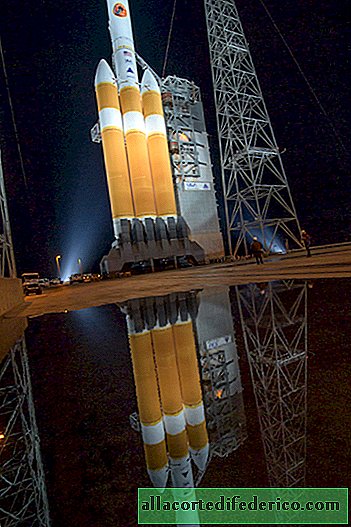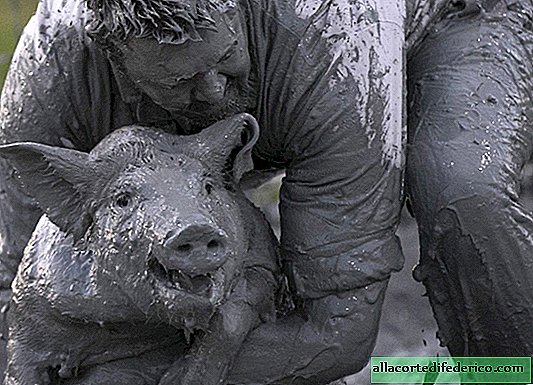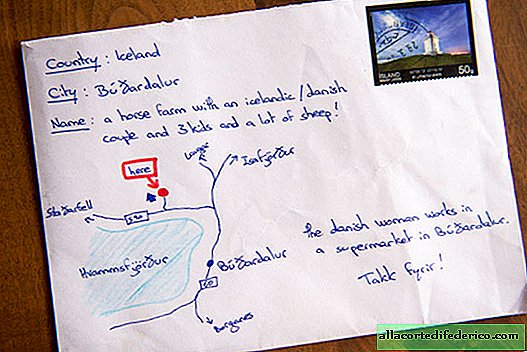Touch the Sun for the first time: the Parker probe went to a red-hot star
Recently, NASA launched the Delta IV Heavy launch vehicle into space, the purpose of which is to deliver the Parker probe to the Sun. Boeing’s Delta IV Heavy is considered the most expensive rocket on the planet; this giant with a launch mass of 733 tons is capable of launching up to 28.8 tons of payload into low Earth orbit. The cost of a single launch of this rocket is 400 million dollars.

However, this is not about the rocket itself, but about its unique cargo the size of a car - the Parker probe, described as "the first spacecraft to touch the star." It was named after the 91-year-old astrophysicist Eugene Parker, who, by the way, was present at the launch and said goodbye to his namesake, wishing him a successful flight.

The mission of the probe is designed for 7 years, but the first rapprochement with the luminary is expected in November. In general, according to all calculations, the device will have to make 24 turns around the star and approach it at a record distance of 6.1 million kilometers. By the way, this will be the very “touch” mentioned by scientists. The probe, the predecessor of Helios-2, with a similar task reached the Sun in 1976, but then it remained 43.4 million kilometers to the hot object.

From the heat of the star, Parker will be protected by a special screen made of carbon fiber with a thickness of 11 centimeters. Such protection is able to withstand temperatures of about 1300 degrees.








Well, we will look forward to the end of the year to see pictures of our star from record close range!

















